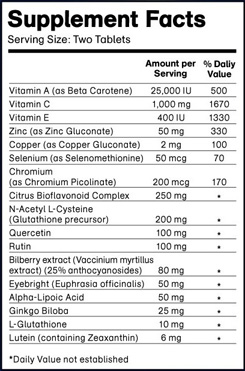|
How Many Types Of Cataracts
|
 |  |  |
|
|
 |  |  |
It is important to note that the Types of Cataracts or the location of the Cataracts is not as important as the severity of the Cataract.
The severity, whether it is mild, moderate or advanced, determines the need for corrective Cataract Surgery.
The type of cataract has no real bearing on the need for surgery.
The following are several basic Types of Cataracts.
- Age related cataracts form as the eyeball ages. An age related cataract is more diffuse or scattered. It appears as a haze throughout the lens.
- Traumatic cataracts develop after an eye injury. (may be years later)
- Congenital cataracts appear in babies or develop in children, often in both eyes. Congenital cataracts are fortunately rare. If they are mild, of course, no surgery is needed, and there are reasons to prospone surgery as long as possible. Also to be considered, however, is the fact that the visual result may be diminished, if the eye has never had a chance to see normally. Dense cataracts at birth create special problems. If the cataract only involves one eye, or at least is worse in one eye, then there is a least good prognosis for vision with the other eye, but the chances of the eye with the cataract seeing well are quite poor, even after cataract surgery.
- Nuclear cataracts, the most common of cataract and the one most associated with aging. It occurs in the center of the lens. In its early stages, as the lens changes the way it focuses light, you may become more nearsighted or experience a temporary improvement in your reading vision. Some people actually stop needing their glasses. Unfortunately, this so called second sight disappears as the lens gradually turns yellow or greenish and begins to cloud vision. As the cataract progresses, the lens may even turn brown. You may have particular problems seeing in dim light and find driving at night especially troublesome.
- Cortical cataracts are spoke like, beginning near the outer part of the lens and extending inward toward the center. A cortical cataract begins as whitish, wedge shaped streaks on the outer edge of the lens cortex. As it slowly progresses, the streaks extend to the center and interfere with light passing through the nucleus. Both your distance and near vision can be significantly impaired. Focusing problems and distortion are common. You may also have problems with glare and loss of contrast. Many people with diabetes develop cortical cataracts. Cortical cataracts are the only type of cataract associated with exposure to ultraviolet (UV) light.
- Subcapsular cataracts begin at the front or back of the lens; they often develop slowly, but sometimes develop very quickly. A subcapsular cataract starts as a small, opaque area just under the capsule shell. It usually forms at the back of the lens, right in the path of light on its way to the retina. This type of cataract may occur in both eyes but will tend to be more advanced in one eye than the other. A subcapsular cataract often interferes with your reading vision, reduces your vision in bright light and causes glare or halos around lights at night. You’re more likely to develop a subcapsular cataract if you have diabetes, are very nearsighted, have taken corticosteroid drugs or have had and eye injury or eye surgery.
Cataracts can also be classified according to their location within the lens. I hope you found this information about the types of cataracts helpful.

Subscribe to EyeSight Vision Care! , our monthly newsletter with in depth information to help you keep up to date on how to Protect Your Eyesight with a free bonus. Fill out the form below. You'll then receive an email asking you to confirm that you subscribed. You'll always have the option to unsubscribe at the click of your mouse.
Types of Cataracts to Cataract Information
types of cataracts to protect your eyesight
More Information









